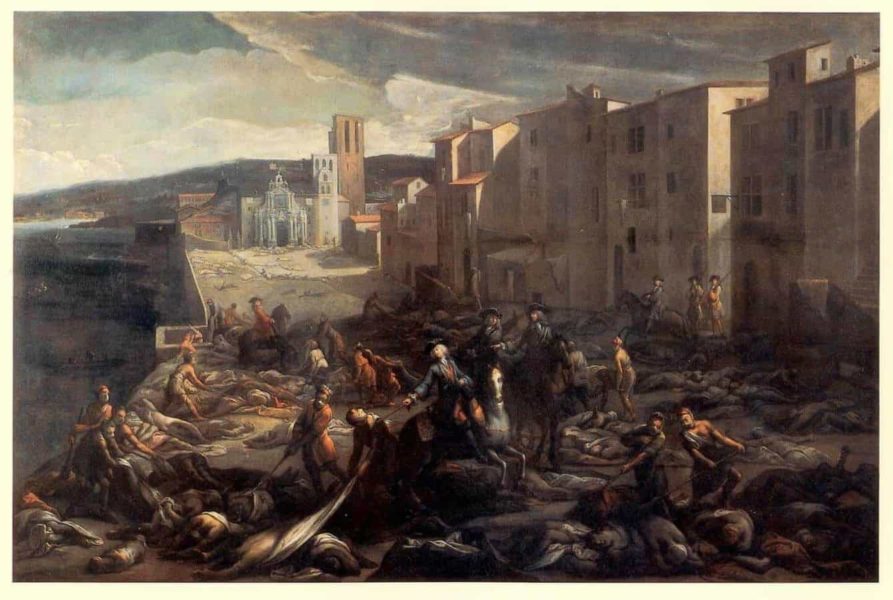Black Death, mid-fourteenth century plague, is undoubtedly the most famous historical pandemic. Within only five years it killed 30-50% of the European population. Unfortunately it didn’t stop there. Plague resurged throughout Europe leading to continued high mortality and social unrest over the next three centuries.
With its nearly worldwide distribution today, it’s surprising that the once omnipresent threat of plague is all but absent in Western Europe. Plague’s abrupt disappearance from Europe leaves us with many unanswered questions about the disease’s history. Where did the outbreaks begin? Where was plague hiding between outbreaks? What would cause a resurgence of the dreaded plague?
Archaeology holds many of the answers to these questions if you know where to look for clues. An international team of scientists led by members of the Max Planck Institute (MPI) for the Science of Human History in Jena, Germany, has taken one important step forward to understanding the European plagues of our not-so-distant past. In the online journal eLife they report the reconstruction of complete pathogen genomes from victims of the Great Plague of Marseille (1720-1722), which is conventionally assumed to be the last outbreak of medieval plague in Europe. Using teeth from plague pits in Marseille, the team was able to access tiny fragments of DNA that had preserved for hundreds of years.
“We faced a significant challenge in reconstructing these ancient genomes,” comments computational analyst Alexander Herbig. “To our surprise, the 18th century plague seems to be a form that is no longer circulating, and it descends directly from the disease that entered Europe during the Black Death, several centuries earlier”. Being distinct from all modern forms of plague, the scientists believe they have identified an extinct form of the disease.
Kirsten Bos, a lead author of the publication, cautions that the geographical source of the disease cannot be identified yet. Marseille was a big hub of trade in the Mediterranean, so the Great Plague of Marseille could have been imported from any number of places by ship and cargo. But she concedes that it equally could have been close to home. “Our results suggest that the disease was hiding somewhere in Europe for several hundred years”.
“It’s a chilling thought that plague might have once been hiding right around the corner throughout Europe, living in a host which is not known to us yet” explains Johannes Krause, director of the Department of Archaeogenetics at the MPI in Jena, and he adds: “Future work might help us to identify the mysterious host species, its range and the reason for its disappearance”.


